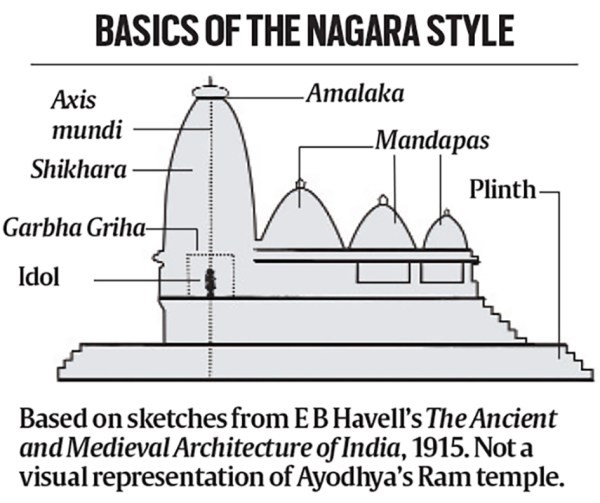Free Courses Sale ends Soon, Get It Now


Free Courses Sale ends Soon, Get It Now



Disclaimer: Copyright infringement not intended.
Context
The Nagara style of temple architecture, in which Ayodhya's Ram temple is being built, is a significant tradition with its roots in northern India.
Details
Architectural Language
Distinctive Features of Nagara Style
Five Modes of Nagara Architecture:
Comparison with Dravida Style
Hybrid Features of Ayodhya's Ram Temple
Conclusion
In essence, the Nagara style is characterized by its towering shikhara, symbolic elements, and variations in architecture across different periods and regions. The Ayodhya Ram temple showcases the continuation and adaptation of this rich tradition.
|
PRACTICE QUESTION Q. What are the commonalities and differences between North Indian and South Indian temples? Make a diagram to supplement your answer. (250 Words) |
© 2024 iasgyan. All right reserved